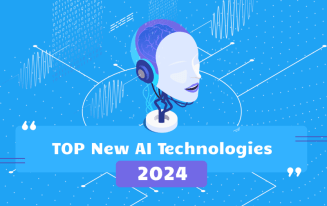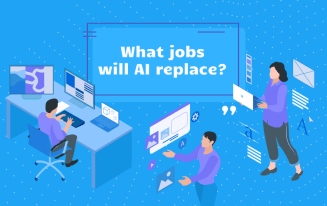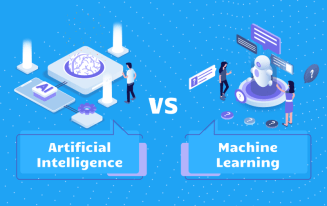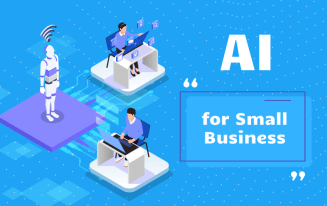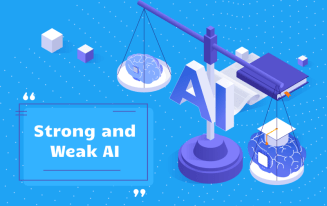Defining and meaning Artificial Intelligence technology
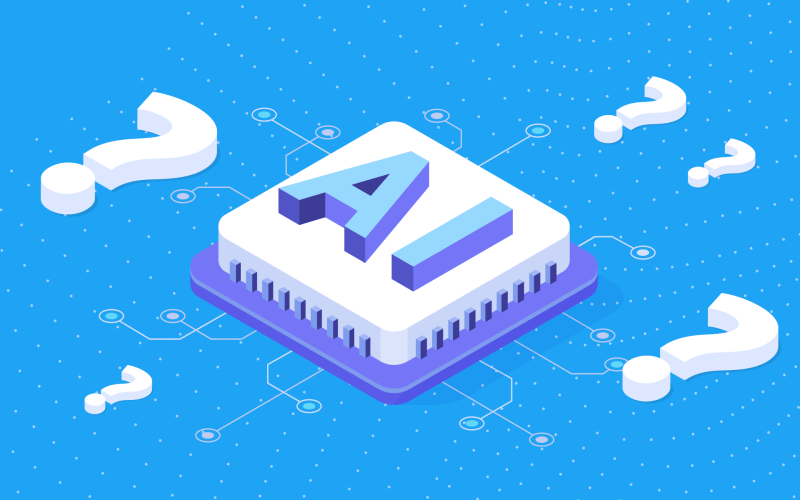
With all of the buzz surrounding AI, many people are asking the question, what is artificial intelligence? Many of the general public think this comes with a complex answer, but you can simplify the topic in many different ways. Artificial intelligence is capable of many human-like processes, some of which include reasoning, learning from experience, and much more. Defining AI can take a rather comprehensive route. This article will focus on closing the gap in the existing learning curve on the technology by providing insight into what artificial intelligence is as a whole.

Employ the full range of AI advantages with AImReply and express your thoughts faultlessly in every email.
Table of Content
Experts could go on a never-ending rant about what AI has to offer, but the gist of it can be broken down into a few key points. The technology shows its capabilities in many different forms, products, and applications. Although recent developments have been exciting for the way we live, artificial intelligence has been around for quite some time.
Finding its way in many areas of our personal and professional lives, people have their eyes set on the potential pros and cons that unfold along the way. For those who are looking for an introduction to AI meaning, a core understanding can lead to a healthier outlook on the technology.
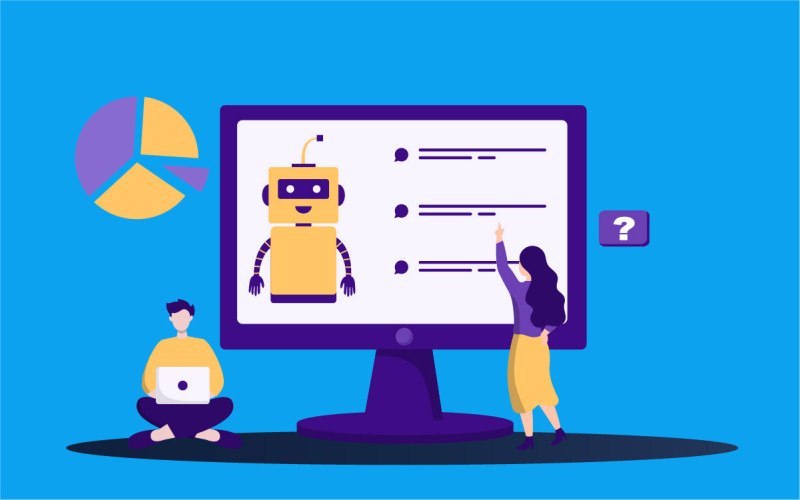
Associated with executing tasks similar to human intelligence, artificial intelligence is able to achieve this with the help of digital computers and computer-controlled robotics. There’s plenty of history behind the technology.
With the goal of mimicking human cognitive activity, AI can learn, reason, and even offer its own perception. As AI continues to develop, it’ll exude proficiency in computer science, linguistics, psychology, and many other facets of life. There are also different types of artificial intelligence such as machine learning and deep learning, both with their own use cases.
Although there has been plenty of advancement over the years, the industry has made major strides in recent years. As time goes on, AI has continuously improved its ability to perform processes similar to human capabilities.
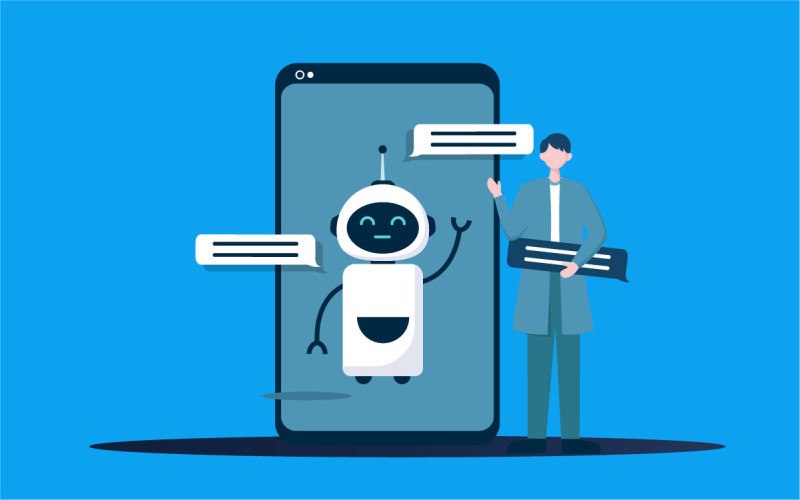
Taking the approach of integrating AI into many aspects of our society, you have to consider the capabilities of the technology on many fronts. Those developing use cases for artificial intelligence aim to create systems with human intellectual processes in mind.
Through discovering meaning, utilizing reasoning, and generalizing in the right context, AI is able to deliver very human-like products, services, and capabilities. From the outside, it seems very abstract to newcomers, but the learning curve behind AI isn’t too complicated.

Where AI is shining is through the simplification of everyday tasks. One of the biggest complaints in the corporate world and daily life is managing mundane tasks. It has already been proven on numerous levels that AI can handle simple tasks with ease and efficiency.
Moreover, the efficiency it brings to the table can be far above what humans are capable of in some circumstances. With the right data training, AI is able to deliver answers and solve problems that are known to be complex to the average user. An examples of this would be sourcing a product with just a photograph. In more complex circumstances, AI can handle essentially all tasks associated with self-driving cars. This has led to many advancements in accessibility for everyday people within a short amount of time.

There isn't a single descriptive answer to the question: What is an artificial intelligence? In the same vein, keywords like proficient and flexible are key characteristics of the technology. Keep in mind that even though AI is capable of some amazing feats, human input is still a necessary part of the process.
AI acts as a stellar companion to those in the business world, and it’s a flexible technology that can easily adapt to the times. The adaptive nature of the tech can already be found in numerous industries such as medicine, search technology, communications, and many others.

At the end of the day, artificial intelligence doesn’t boast the full capabilities of human intelligence, but its rapid progress is surprising us at every turn. Known as weak AI, this type of artificial intelligence lacks the ability to mimick human conciousness.
One of the primary limitations here is the ability to make mistakes. Other examples include potential harm due to system failure and increased job loss due to automating simple tasks.
Of course, there is a long list of AI tools on the market, some being much more effective than others. Although there are still hurdles to be overcome in AI systems, it’s progressing at a rate where the scope of limitations is getting smaller by the day.
It’s important to discern that not all AI technology is the same and isn't all made with the same tech. Many industry experts break down different types of AI into two groups: weak and strong AI.
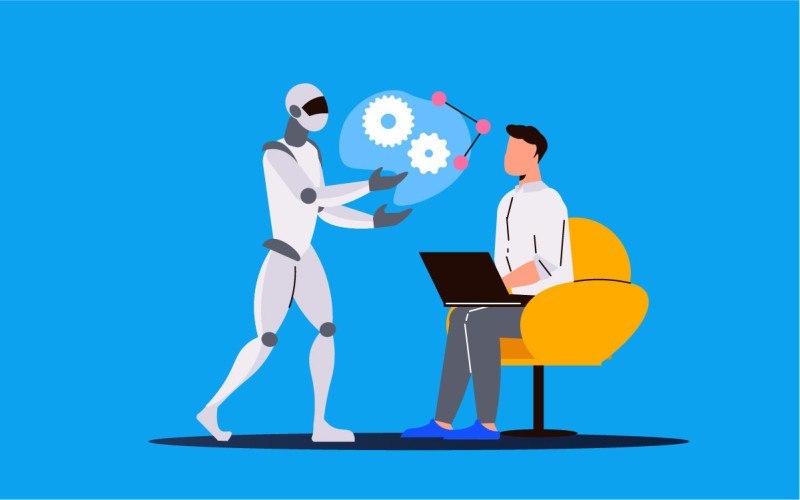
Types of Artificial Intelligence
Among the many use cases for AI, different types are finding their niche markets, and this also makes way for a broad range of new developments in the near future. Nevertheless, weak and strong AI comes with distinct characteristics and capabilities that serve a unique purpose and target market.
Weak AI
The term weak should be taken lightly, as it's just used as a differentiator. Even weak AI is extremely capable, but its particular focus is only on the performance of specific tasks. A few examples of this would include technologies like Alexa, Siri, and self-driving tech.
Overall, this type of AI can lack general elements of human intelligence, but it still comes with a broad range of use cases. When we take a look at examples of strong AI, the list of capabilities starts to expand noticeably.

Strong AI
In regard to strong AI, many aspects are still quite a few years out from becoming a reality. Nevertheless, these capabilities are on the horizon. Experts consider strong AI to include human-level intelligence and impeccable problem-solving, to name a few. Strong AI can be seen in action through self driving vehicles, face recognition, natural language assistants, and more.
Many would also argue that AI, at this point, could potentially surpass many aspects of human intelligence. Whereas many current AI tools offer practical everyday applications, the full scope of AI’s potential has yet to be reached.
The direction that AI takes moving forward also requires a multi-faceted approach for the most effective developments. At this time, those working in the industry are utilizing a handful of methods to create new advancements in artificial intelligence.

Driving new developments in AI
For a summarized take on this section, those working on AI tech look at it from either a top-down or bottom-up viewpoint. With the top-down symbolic approach this pertains to replicating intelligence through analyzing cognition. This also doesn’t consider any aspects of brain structure.
Top-down approach (symbolic)
Processes with this approach include:
- Processing symbols
- Creating programs for computers based on geometric descriptions
- Physical symbol system hypothesis
The hypothesis notes that by processing symbols in a digital computer can aid developments in AI. Moreover, the AI would be analogous to the intelligence of the average human. Remember, the top-down approach is symbolic. In regard to the bottom-up route, this is called the connectionist approach and comes with many unique characteristics of its own.

Bottom-up approach (connectionist)
Entertaining the creation of artificial neural networks, the connectionist approach is to imitate brain structure. Simply put, this approach trains networks by using a blend of data and tuning. This is in hopes of imitating the brain’s structure. It also relies more heavily on behaviors and adaptation.
With bottom-up AI, there’s less risk of bias, higher quality output, and more diversity in thought. You can see now how combining a mix of a symbolic and connectionist standpoint can develop some innovative tools in AI, as both offer unique benefits.
Both methods aren’t new ideas to our modern world, as both have been explored since the 1950s and 60s. At this time, neither takes priority over the other, but industry experts are exploring both to see what unique developments they can bring to the table.
Although it seems that artificial intelligence is on an unstoppable trajectory right now, that doesn’t mean there aren’t plenty of challenges to face along the way. From complex real-world situations to replicating the capabilities of our nervous system, AI still has plenty of progress ahead of it.
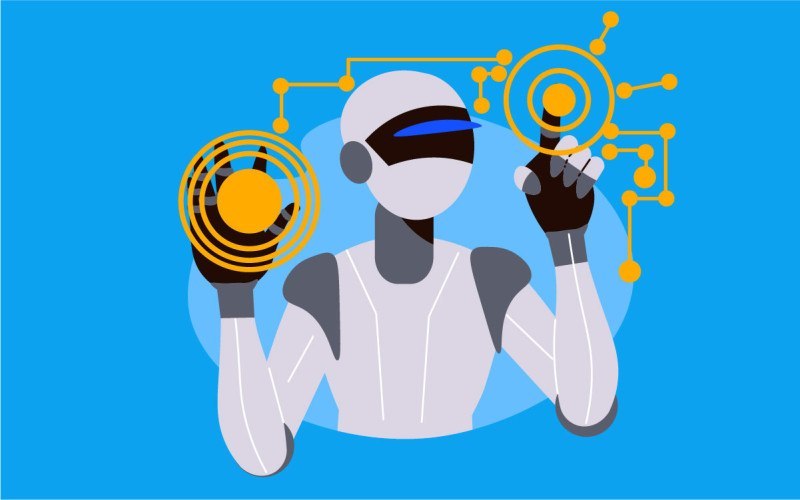
Understanding the Difference Between Machine and Deep Learning
There are other angles of artificial intelligence that are important to grasp for the sake of its capabilities and future developments. Enhancing progress and productivity is made possible through mimicking human cognitive functionality.
Two core aspects of AI tech include machine and deep learning. Both serve unique purposes and deliver outcomes that have led to many of the AI tools and services that people use today. Future developments in artificial intelligence will lean heavily on what machine and deep learning are capable of, both of which are improving in their own right.

What is machine learning?
Relying on algorithms trained on datasets, machine learning (ML) is a branch of AI fueling the technology forward. This technology can work to identify patterns, which improves predictions and recommended outcomes.
The technology has been used in many capacities since the 1970s and continues to make its mark across many business sectors. In the list below, you can get a look at a few standout traits of machine learning tech.
- Handle vast volumes of data
- Decipher complex patterns in data
- Deliver predictions and recommendations by leveraging data processing
- Learns and improves from experience
- Adapts over time by incorporating new datasets
Working alongside machine learning technology, you'll find an equal amount of interest in deep learning. A subset of ML, deep learning is known to deliver more accurate results in many circumstances.

What is deep learning?
Another technology that makes up the whole of AI is deep learning tech. This also has many people asking what artificial intelligence objectives are and its true capabilities. Requiring minimal input from humans and capable of handling various types of data, deep learning makes use of neural networks.
By learning complex data features and processing through numerous iterations, there are three main focuses in regard to artificial neural networks. This includes feed-forward neural networks, convolutional neural networks (CNNs), and recurrent neural networks (RNNs).
These neural networks focus on the following key areas:
- Information processing in one direction from input to output layers
- Dealing with perceptual tasks such as image recognition
- Process data both forward and backward for sequencing
Even if it seems complicated, it won’t be long before this information becomes common knowledge among everyday users. As the technical capabilities of AI continue to expand, that means the use cases will do as well. Whether it’s from a professional or personal viewpoint, AI will only become more accessible as time goes on.
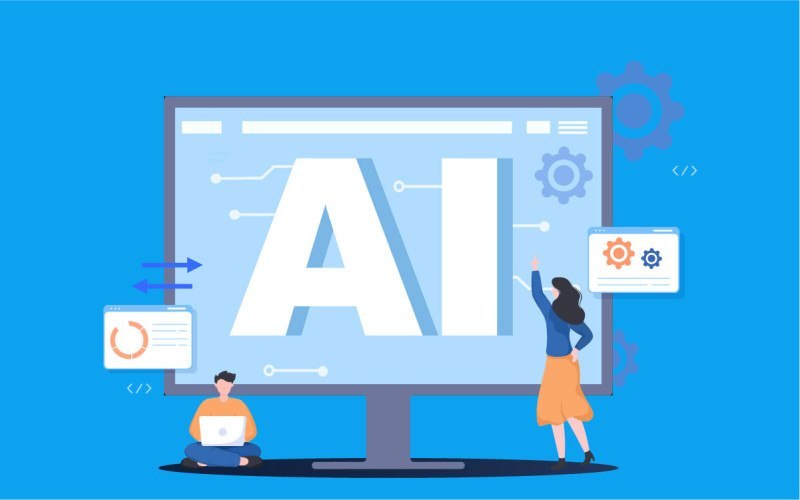
Increasing use cases in AI
Since 2017, the adoption of artificial intelligence has more than doubled, and you can find this in both personal and professional use cases. It should be noted that adoption rates correlate with the amount of investment that has gone into the technology.
If it isn't apparent already, many industry leaders focus on fueling new developments wherever possible. While some may argue this can be reckless, it also highlights the flexibility of the technology.
When you consider that the barrier to entry for using AI is pretty low, many common individuals will spend time using or even making their own AI tools. No matter how you look at it, the benefits of AI are vast. Many business sectors are advocating for recent developments in AI, as the tech will reshape the landscape of the modern workforce.
A main focal point for future use cases is continuing to connect strategies in AI to new business outcomes that deliver tangible results. By industrializing operations with artificial intelligence, using modular data architecture will aid fast adaptation to a wide set of new applications.
Some of the most notable improvements in use cases with AI include marketing and sales, corporate finance, and the development of products and services. The corporate world continues to find numerous use cases to aid internal operations.
Many of these efforts are in hopes of saving time and money in the process. A good example here would be managing incoming and outgoing emails, such as AI email writing. Surprisingly enough, many employees spend two to three hours daily managing emails, a process AI can manage with minimal effort.

The Bottom Line
As artificial intelligence continues to develop, we're bound to see innovative tools and services hit the market. AImReply saw the struggle with many different inefficiencies in the corporate world. Emailing is one that shouldn't be a standing problem with the presence of AI.
Working with our AI Email Generator ensures that personalized and automated responses manage all of your emails on a daily basis. This comes with the benefit of a free trial, full customer support, GPT tech, and much more. Many people are still wondering what an artificial intelligence service is, and this article delves into how the tech operates from the inside out.

December 26, 2023
- 8 min
- 68
In 2024, we can expect that new technology in AI will transform every industry because AI has applications everywhere. Looking back 100 years ago, we relied heavily on manual labor, but today’s world with AI is about learning how to triple or quadruple our output through new AI technologies.
September 26, 2023
- 8 min
- 114
One of the biggest concerns regarding artificial intelligence is the possibility of the technology affecting the security of people’s jobs. This is a reaction that’s found with many new developments in tech throughout history, but AI is a different story.
October 04, 2023
- 6 min
- 172
Closely associated with each other in any conversation surrounding AI, many people wonder, what is the difference between AI and machine learning (ML)? Both terms are used interchangeably, but it should always be noted that machine learning is simply a subset of artificial intelligence.






